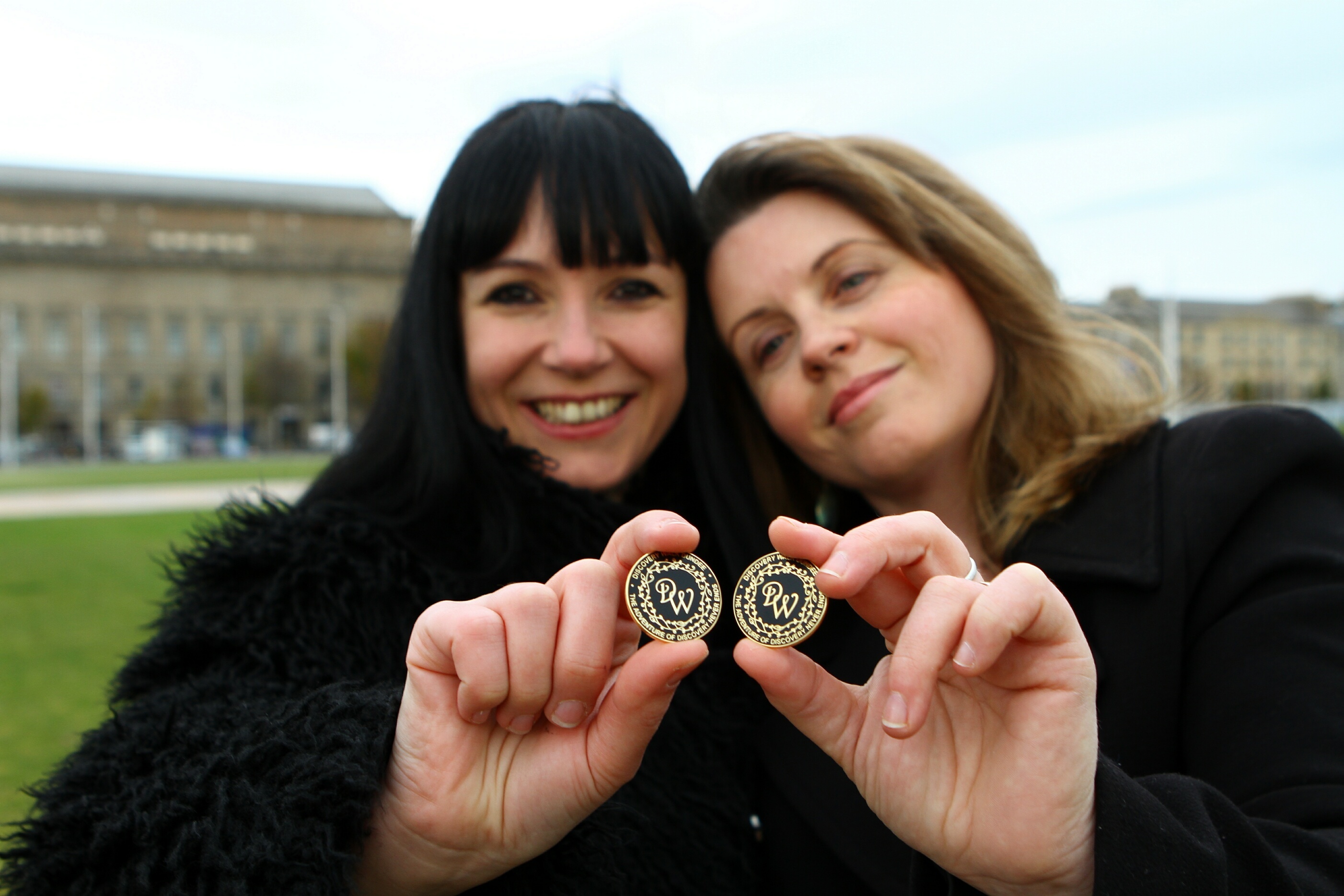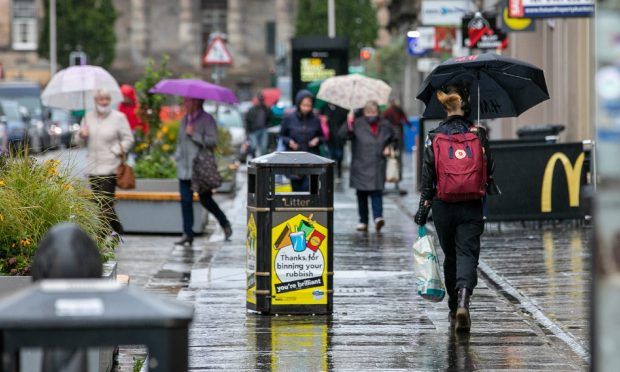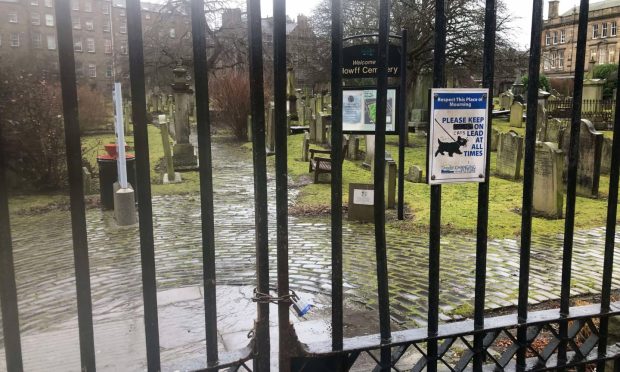Five of the most innovative people in Dundee’s history will be honoured on Friday when they are given plaques on Discovery Walk.
Guests including Professor Sue Black and depute Lord Provost Bill Campbell will attend the official unveiling of the five new plaques that have been installed in Slessor Gardens.
Discovery Walk was officially opened in 2016 when plaques honouring nine notable Dundonians, including D’Arcy Thompson, Mary Lily Walker and RD Low were unveiled.
Now, following a fundraising campaign, five new names are to be added to the roll of honour.
These are postage stamp pioneer James Chalmers, electrical scientist James Bowman Lindsay, x-ray pioneer George Pirie, inventor and instrument maker George Lowden and doctor and health reformer Thomas Maclagan.
Chalmers has been hailed as the inventor of the adhesive postage stamp while James Bowman Lindsay’s inventions include the incandescent light bulb, although this was not commercially developed until after his death.
George Pirie pioneers the use of x-rays in clinical medicine while George Lowden was a renowned scientific instrument maker based in Dundee.
Last year a Lowden stereoscope – a primitive virtual reality machine that let users see 3D images – sold for more than £4,000 at auction.
Thomas Maclagan was a doctor and pharmacologist whose work helped lead to the creation of aspirin.
Discovery Walk is situated at Slessor Gardens and is a key part of the new £1 billion waterfront development.
It celebrates Dundee’s place in the world by highlighting the contributions of the pioneering characters, including scientists, innovators, engineers, writers, artists and social reformers, who have lived and worked in the city.
Plans for Discovery Walk were originally put forward by Kelly Marr, an Australian who has made Dundee her home.
All of the plaques have been designed by Dundee artist Suzanne Scott, also known as Whimsical Lush.










